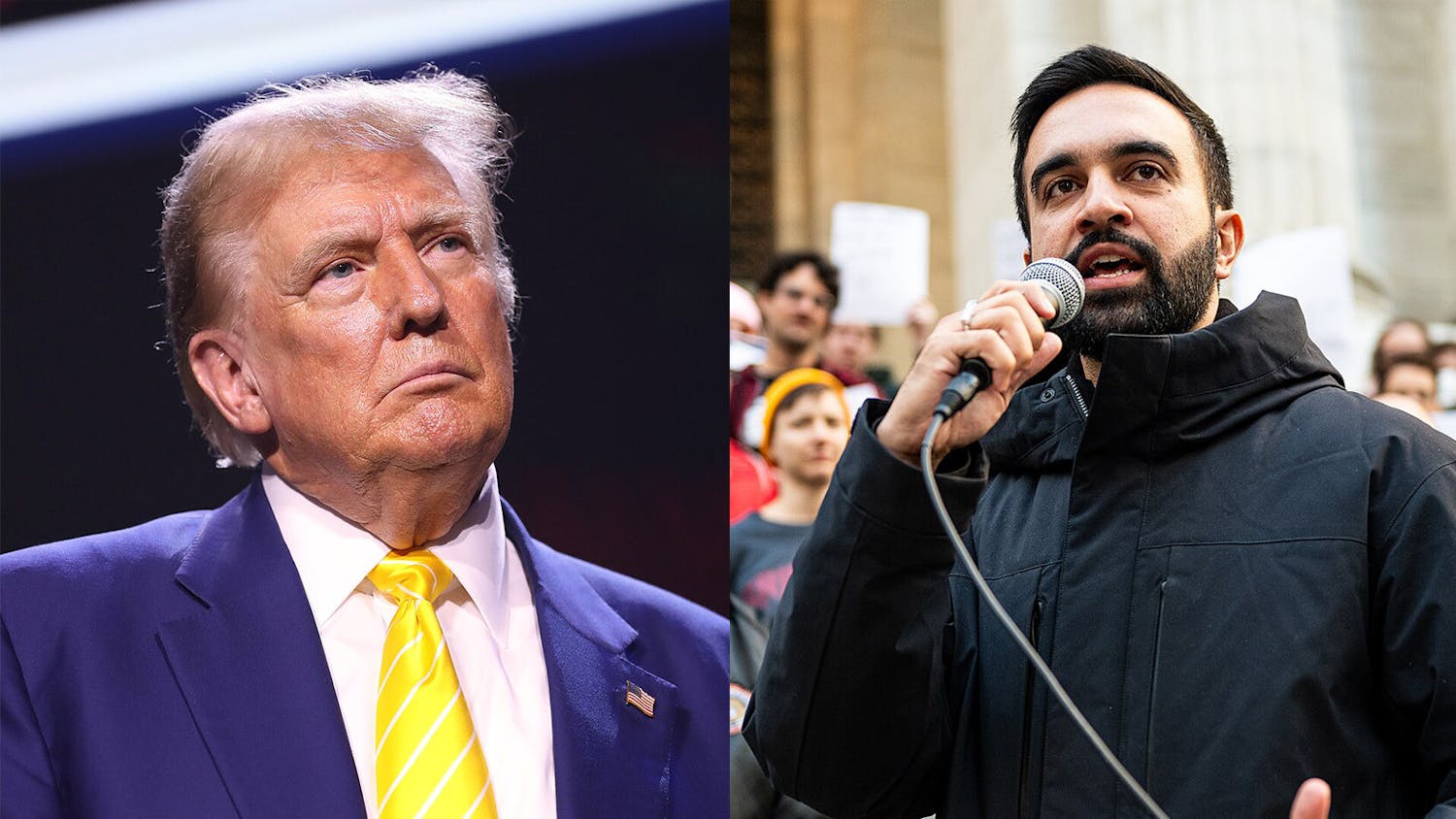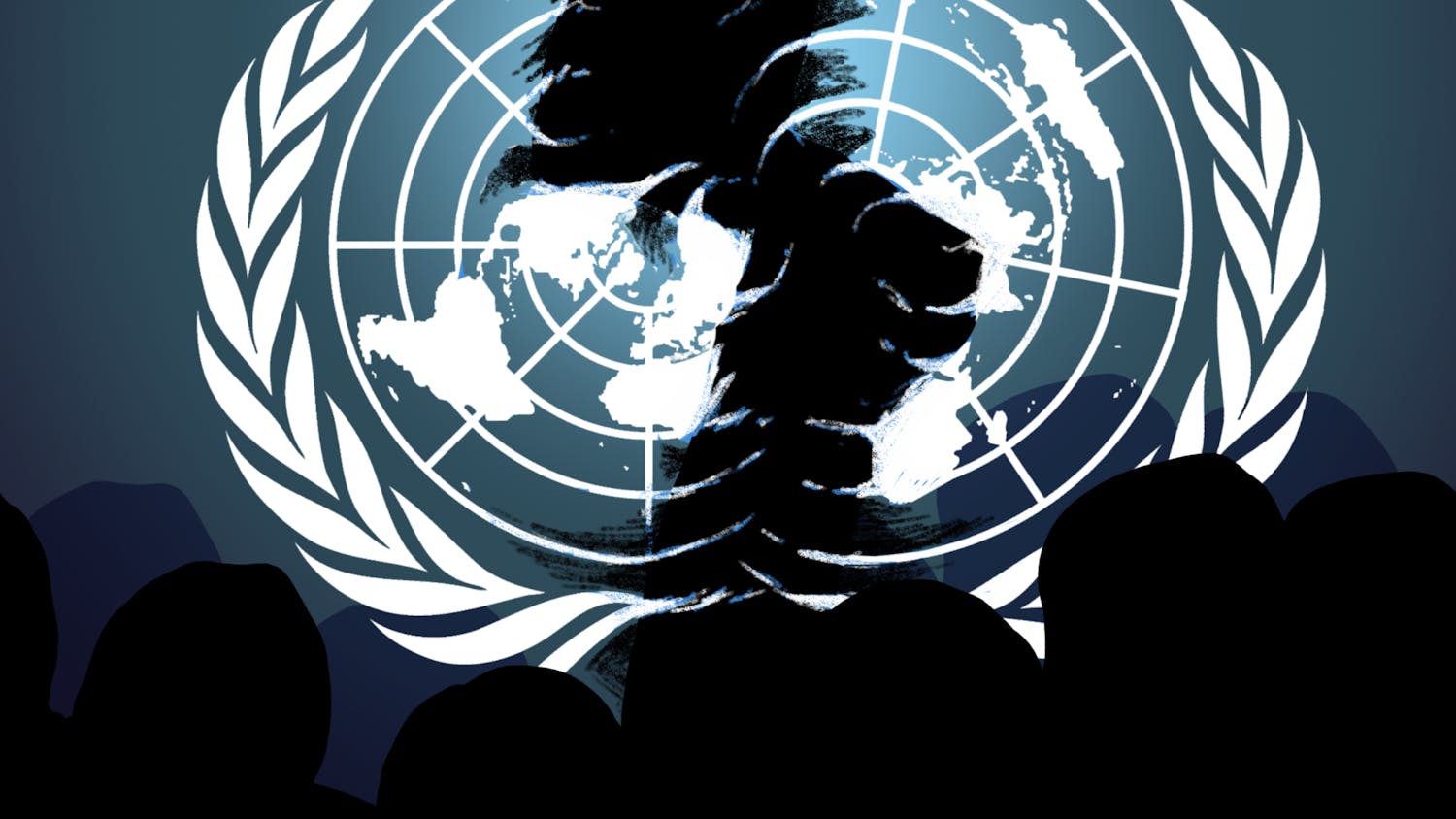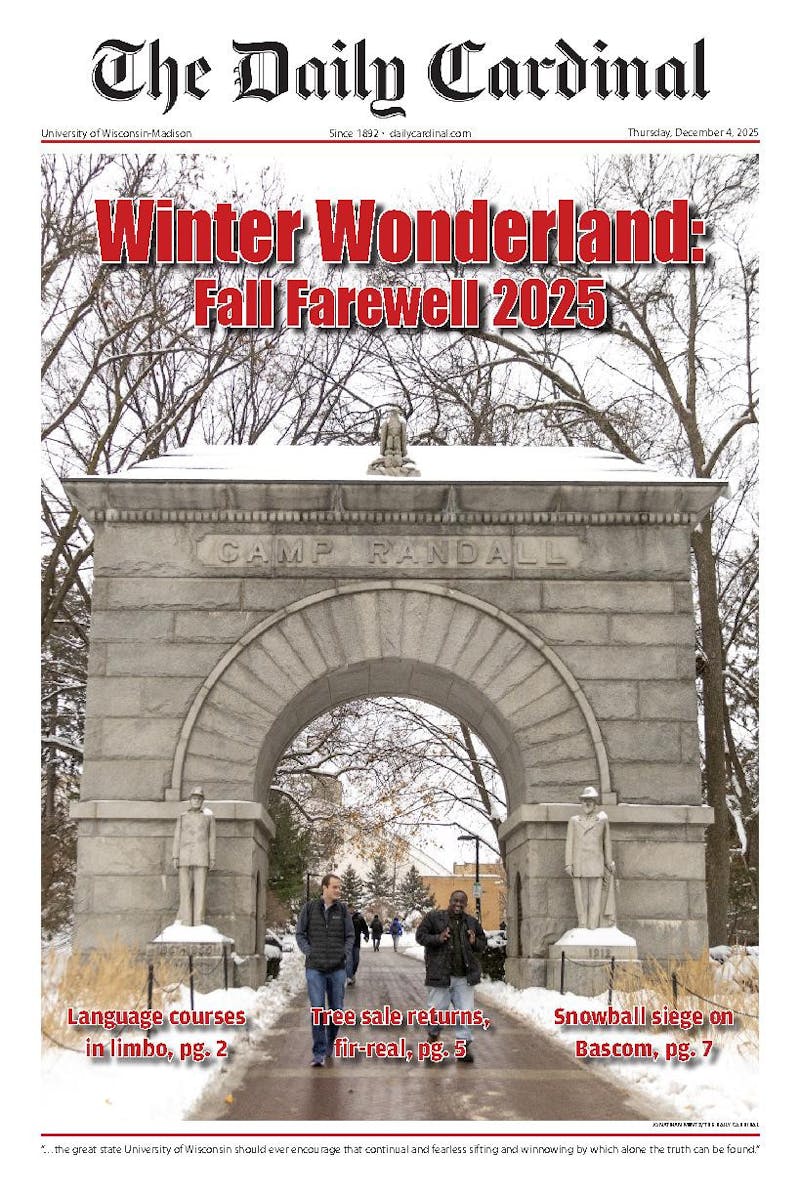It is no secret that Iran is currently developing nuclear capabilities. Their program was actually given a head start by none other than the United States in the 1950’s in the Atoms for Peace program. Obviously, a nuclear-powered Iran has not always been a threat to the world, or else the United States wouldn’t have supported their program in the first place. In fact, under Ayatollah Ruhollah Khomeini, the Islamic Republic opted to disband its nuclear developments as they served as a hindrance to peaceful Islamic values. Unfortunately, Ayatollah Ruhollah Khomeini’s sentiments are not shared by the regime currently in power in Iran, and with the nation’s present advancement within the realm of nuclear power, the entire world is threatened by an Iran armed with nuclear weapons.
Of course, Mahmoud Ahmadinejad, the current president of Iran, will never admit that the country’s nuclear program is being enhanced for destructive purposes. His claim is that their facilities will serve only to benefit the country for clean energy resources. Stringent sanctions have been set in place by both the United Nations and the United States over the past few years in order to stifle Iran’s nuclear program, though through loopholes and aid provided by allies, these sanctions have not provided the detriment that their creators hoped they would achieve. Iran is on the verge of a major breakthrough in its quest to become a major world player in terms of nuclear facilities. The questions on the table are, “because there is no undeniable evidence that Iran is developing nuclear energy for hostile purposes, although valid suspicions exist for a plethora of reasons, what can the world do to prevent the success of their nuclear facility within the realm of international law, and what are the implications of a nuclear-armed Iran?”
Firstly, years of sanctions and inspections have failed. Iran and their allies are shrewd and have afforded themselves ample time to clean up their facilities whenever inspections loom in the near future. I must admit that I cannot properly and justifiably answer the first question because I do not possess the same degree of information that the U.N., U.S. and Israeli governments do; however, I can tell you that if Iran successfully attains weapons of mass destruction, we are headed for at the very least another Cold War, and an extremely parlous one at that. The greatest and gravest consequences stemming from their developments will be that the U.S. is in imminent danger, Israel could possibly be obliterated and other allies in the region could be put into jeopardy as well.
The signs of Iran’s hostility and maliciousness are ubiquitous. Firstly, they are the biggest supporters of the Assad regime in Syria, a corrupt government that has annihilated some 11,000 of its own citizens over the last year and a half. As he does frequently, President Ahmadinejad has called for the destruction of Israel and its people, promoting the ideology of erasing the Jewish state from the maps and putting it into the history books. Furthermore, Ahmadinejad has routinely threatened the United States, this last time advertising his loaded arsenal of missiles that can precisely reach long distances.
So what does this mean for us? Because both Israel and the U.S. possess a large scale of nuclear weapons, a Cold War is more likely than a nuclear one. But regionally speaking, it means that we as Americans, who stand for justice in the world, need to be vigilant and well-informed as to the goings-on of the international community. Moreover, we need to remember that the Iranian regime, and many other governments of Islamic nations, are run by extremists who do not represent the Muslim population at large. We need to band together to stand up for what is right and help facilitate democracy in extremist countries for the good of global health.
This is Zac’s first time writing for The Daily Cardinal. Let him know how he did by sending all feedback to opinion@dailycardinal.com.





